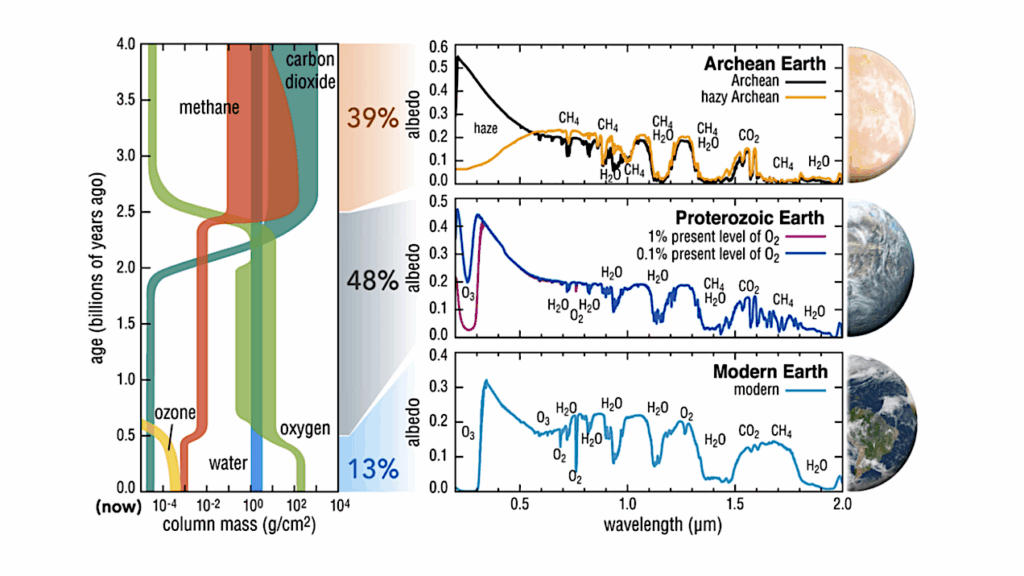Hydrogenated Atmospheres Of Lava Planets: Atmospheric Structure And Emission Spectra

Hot rocky super-Earths are thought to be sufficiently irradiated by their host star to melt their surface and thus allow for long-lasting magma oceans.
Some processes have been proposed for such planets to have retained primordial hydrogen captured during their formation while moving inward in the planetary system. The new generation of space telescopes such as the JWST may provide observations precise enough to characterize the atmospheres and perhaps the interiors of such exoplanets.
We use a vaporization model that calculates the gas-liquid equilibrium between the atmosphere (including hydrogen) and the magma ocean, to compute the elemental composition of a variety of atmospheres for different quantities of hydrogen. The elemental composition is then used in a steady-state atmospheric model to compute the atmospheric structure and generate synthetic emission spectra.
With this method, we confirm previous results showing that silicate atmospheres exhibit a thermal inversion, with notably an emission peak of SiO at 9~μm. We compare our method to the literature on the inclusion of hydrogen in the atmosphere, and show hydrogen reduces the thermal inversion, because of the formation of H2O which has a strong greenhouse potential.
However planets that are significantly irradiated by their host star are sufficiently hot to dissociate H2O and thus also maintain a thermal inversion.
The observational implications are twofold: 1) H2O is more likely to be detected in colder atmospheres; 2) Detecting a thermal inversion in hotter atmospheres does not a priori exclude the presence of H (in its atomic form). Due to the impact of H on the overall chemistry and atmospheric structure, and therefore observations, we emphasize the importance of including volatiles in the calculation of the gas-liquid equilibrium.
Finally, we provide a criterion to determine potential targets for observation.
Aurélien Falco, Pascal Tremblin, Sébastien Charnoz, Robert J. Ridgway, Pierre-Olivier Lagage
Comments: 22 pages, 17 figures + 12 figures in appendices. Accepted for publication in Astronomy & Astrophysics
Subjects: Earth and Planetary Astrophysics (astro-ph.EP)
Cite as: arXiv:2401.14744 [astro-ph.EP] (or arXiv:2401.14744v1 [astro-ph.EP] for this version)
Submission history
From: Aurélien Falco
[v1] Fri, 26 Jan 2024 10:08:06 UTC (4,133 KB)
https://arxiv.org/abs/2401.14744
Astrobiology








